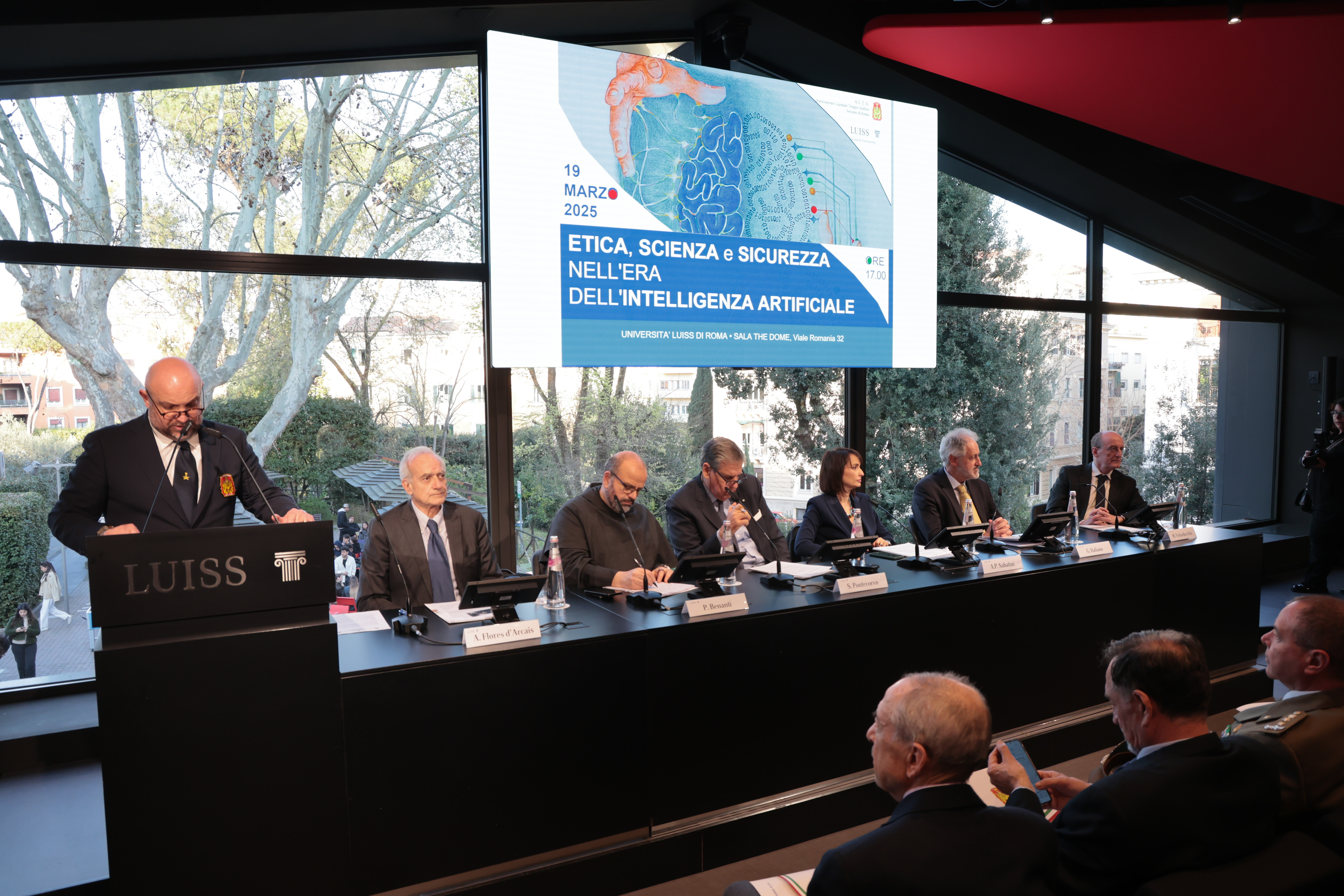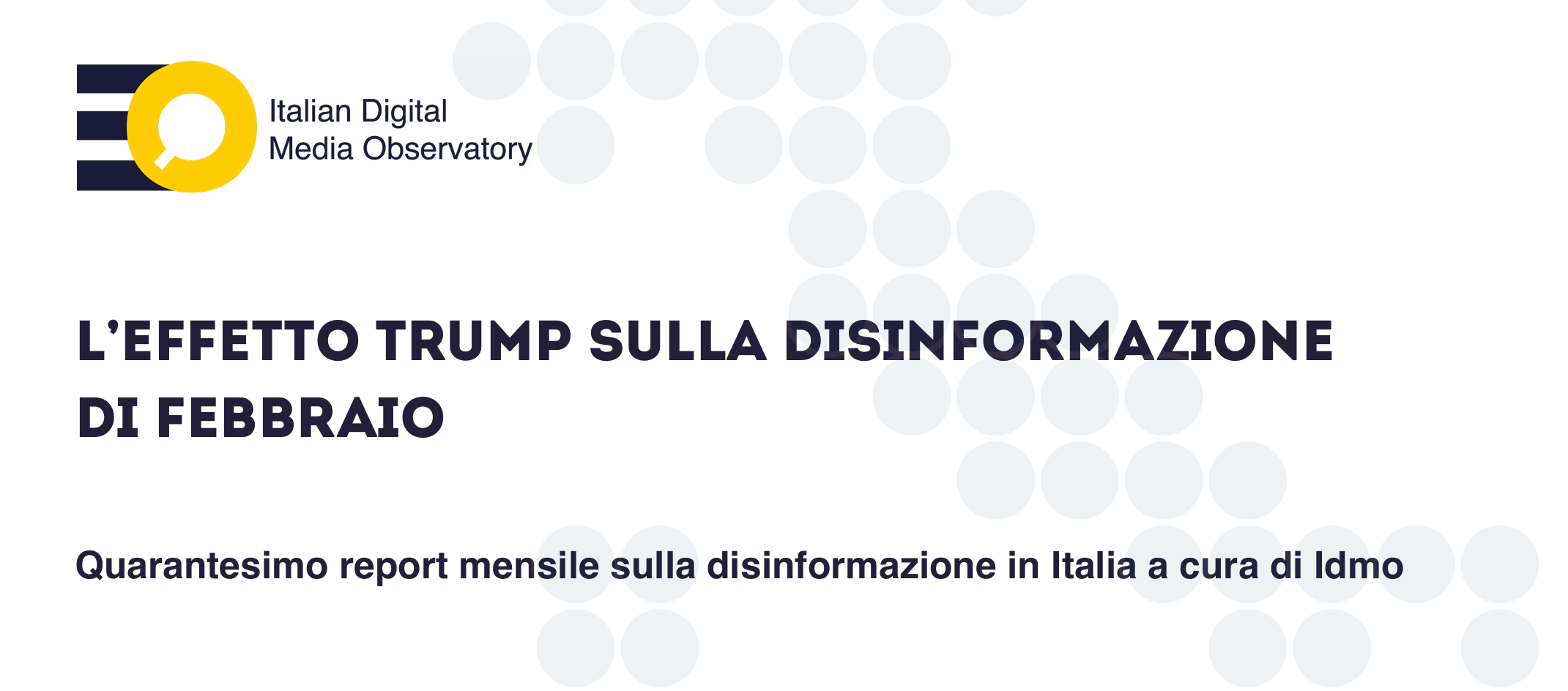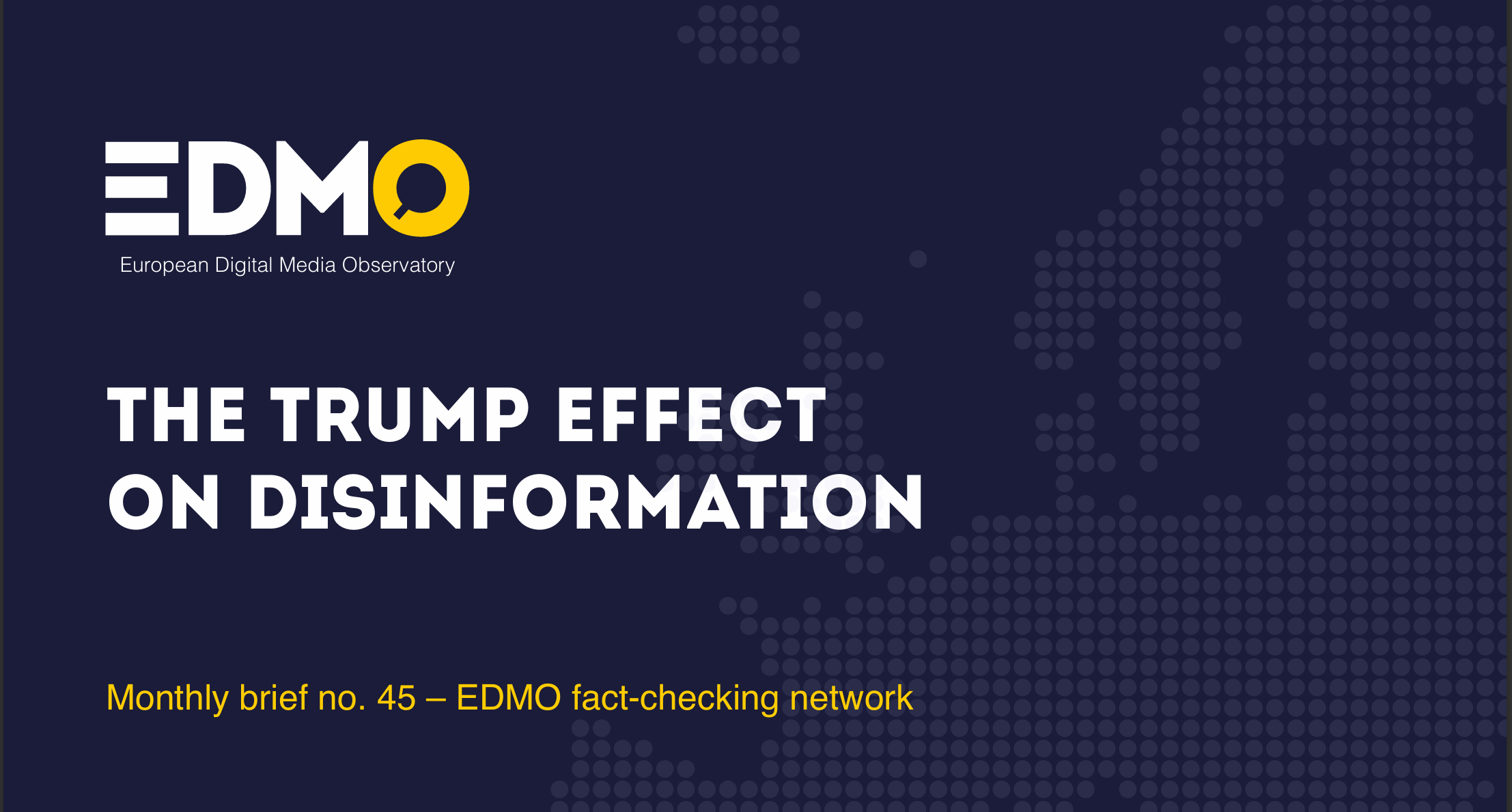The Luiss Data Lab, in collaboration with Tech Reset, analysed the impact of Italian political parties’ strategies in the recent European elections, exploring how they used social platforms to influence and mobilise voters through a comparative assessment of followers, engagement and views obtained during the campaign period. Part of the results of the study were published by one of Italy’s leading newspapers: La Repubblica (here)
Aggregated data of posts created by party leaders, candidates and party profiles, as well as users’ comments to these posts, from five platforms: Facebook, Instagram, Twitter, TikTok and Youtube were taken in consideration. Using this data, it was possible to outline: the ranking of politicians by engagement and views, the sentiment analysis of their posts, the number of followers reached per coalition, the network analysis of the main leaders (Twitter only), as well as the degree of toxicity of user comments.
This survey not only highlights current trends but also aims to anticipate future evolutions of political dialogue in the digital context, providing a resource for analysts and political observers interested in the intersection of technology and politics.
Total followers of each coalition
The data shows the total number of followers each coalition can rely on. To calculate this figure, we added up the followers of the official profiles of each party, the followers of all candidates standing in the European elections for each coalition and the followers of the most influential politicians of each coalition.
Fratelli d’Italia dominates the ranking with 17.37 million total followers, mainly on Facebook and Twitter. The Lega follows with 15.92 million followers, showing a strong presence on Facebook and a considerable following on Instagram. The 5 Star Movement maintains a solid presence with 14.37 million followers, mainly on Facebook, but also has a good distribution on Twitter and Instagram. The United States of Europe reaches 7.59 million followers, thanks to a strong presence on Twitter. The Democratic Party has 7.36 million followers, well distributed on the various channels, but has very low numbers on TikTok and YouTube. It is followed by Azione and Alliance Greens and Left with 3.03 million and 2.67 million followers respectively. Forza Italia closes the ranking with 2.51 million followers.
Political leaders ranking by engagement and views
Average views per post: Giorgia Meloni is the winner
Giorgia Meloni tops the list with an impressive average of 151,538 views per post. She is followed by Matteo Renzi with 83,187 average views, while Matteo Salvini, averages 75,950 views per post. Giuseppe Conte, with 45,754 average views per post, confirms himself as one of the most followed leaders.
Average engagement per post: Meloni and Salvini dominate
Also in terms of engagement, Giorgia Meloni leads the ranking with 9,683 average interactions per post, followed by Matteo Salvini with 8,050. Giuseppe Conte, with an average engagement of 6,605, completes the podium, demonstrating strong engagement from his audience.
The surprising cases of Silvia Sardone and Isabella Tovaglieri
A surprising fact emerges from the analysis: Silvia Sardone and Isabella Tovaglieri, not particularly famous as other leaders, stand out with an average of 26,997 and 18,001 views per post respectively. This success can be attributed to their ability to use TikTok, a platform that allows great visibility and involvement, especially among younger people.
Elly Schlein: modest numbers compared to other leaders
Elly Schlein, despite her prominent role, shows relatively low figures with an average of 26,152 views and 2,310 interactions per post. This result is mainly due to her lower social media usage compared to other leaders and her absence on TikTok, which limits her reach and engagement potential.
Network Analysis
In the graph, nodes are coloured according to their membership in different political coalitions. The proximity between nodes reflects their degree of interaction on Twitter, taking into account retweets, replies, mentions and the use of common hashtags. Generally, members of the same coalition are grouped close together, although there are some notable exceptions. For example, Elly Schelin appears more connected to the Left Green and M5S communities than the PD.Guido Crosetto also has an unexpected position, being equidistant from Italia Viva, Azione and Forza Italia, rather than being closer to his party, Fratelli d’Italia, as one would expect.
Sentiment Analysis

Joy prevails in the posts of Forza Italia and Fratelli d’Italia
Forza Italia emerges as the party with the highest percentage of posts characterised by feelings of joy (72.40%). It is followed by Fratelli d’Italia (66.80%) and Azione (61.70%). This trend could reflect a communication strategy aimed at instilling optimism and confidence in its supporters.
Anger dominates in the messages of the League and the Green and Left Alliance
In contrast, the League stands out with the highest level of anger in its posts (40.30%), followed by the Green and Left Alliance (30.40%). This could be interpreted as a desire to mobilise the electorate through more critical and denunciatory language.
Mixed emotions for the 5 Star Movement and the Democratic Party
The 5 Star Movement and the Democratic Party show a more balanced distribution of emotions. M5S presents a combination of joy (52.20%) and anger (30.20%), while the PD alternates between joy (51.90%) and sadness (23.00%). This variety might suggest a more nuanced and diversified communication to respond to different segments of the electorate.
Degree of toxicity of user comments during the election campaign: 16%.
During the recent election campaign for the European elections, the social profiles of politicians and parties recorded several user interactions. How many of these can be considered toxic? About 16% of them were classified as toxic.
This figure is compiled by PerspectiveAPI, which uses a machine learning algorithm developed by Google Jigsaw to analyse the content of online comments. Toxicity, according to a definition provided by PerspectiveAPI, is characterised by rude, disrespectful or unreasonable comments that might cause someone to withdraw from the conversation. This kind of hostile environment not only degrades the quality of public debate, but can also discourage active and informed participation by citizens. The detection and analysis of such toxic comments are crucial for understanding and improving the climate of online discussions during such important periods as election campaigns.
Research coordinated by Professor Livia De Giovanni, Luiss Data Lab, with the support of Alessandro Chessa, Francesco Salate Santone, Domenico Gangemi and Lorenzo Federico. With Italian Digital Media Observatory and Reset.Tech.
Editorial coordination: Federica Urzo and Francesco Di Blasi.



